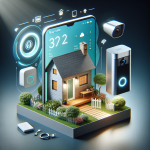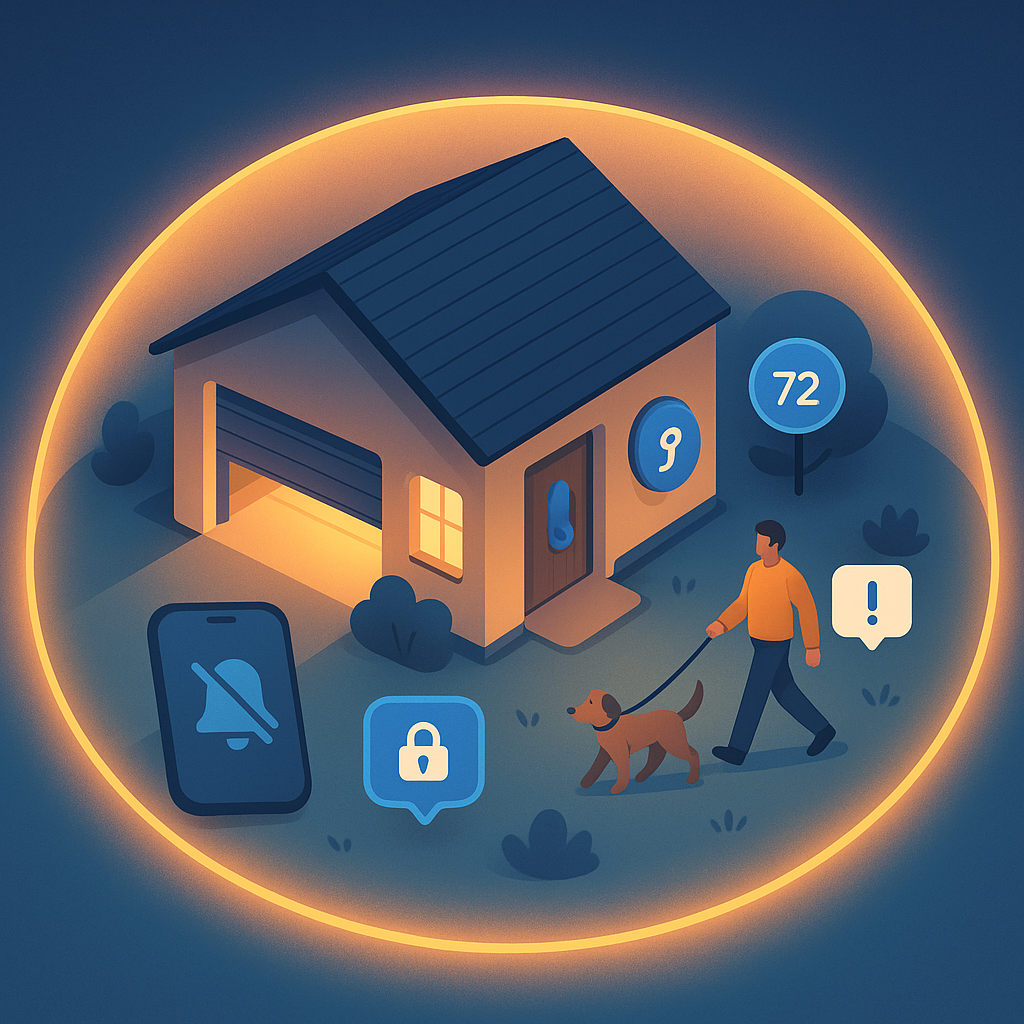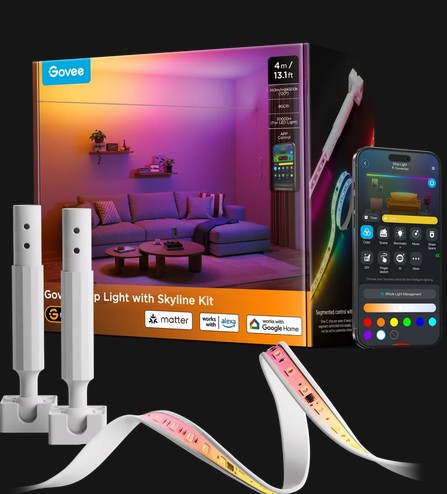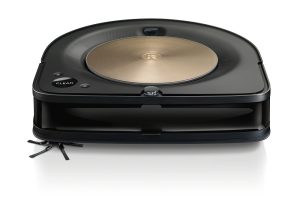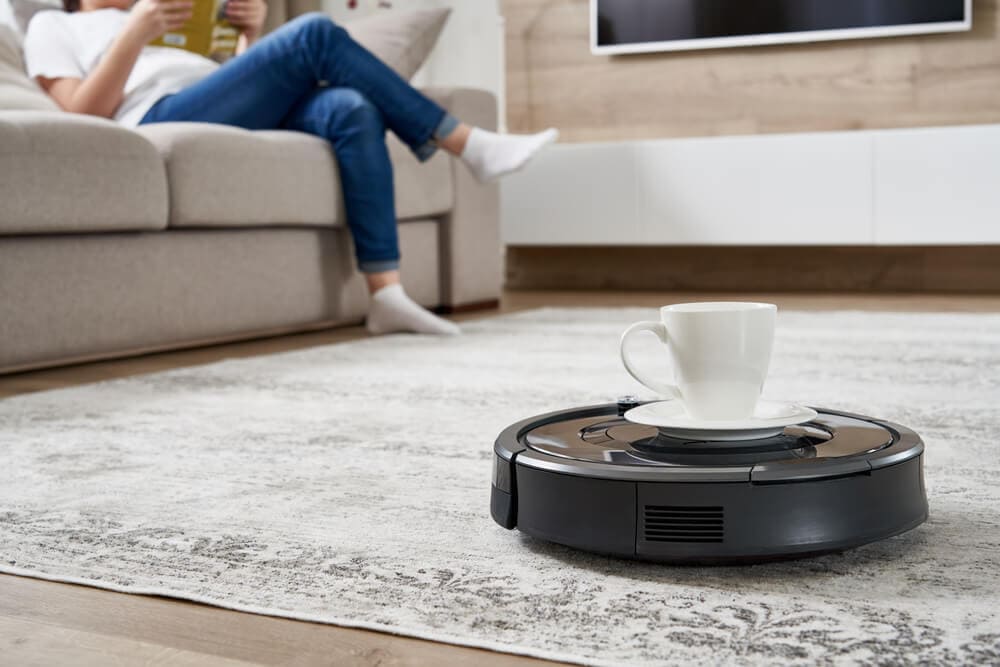
Purchasing an iRobot Roomba vacuum is a great way to ease the burden of household chores. But that doesn’t mean you don’t need to keep an eye out for your new robotic friend.
Read through our list of 20 Roomba tips and tricks to maximize the performance of your robot vacuum!
1.Empty the Dustbin Every Time
Some models of Roomba, such as the Roomba s9+ and the Roomba j7+, come with Clean Base automatic dirt disposal, but other models will simply stop cleaning when they are full.
To ensure the vacuum cleans your floors as efficiently as possible, try to empty your Roomba’s dirt reservoir after every cleaning consistently.
Also, it is a good idea to wash the dust bin after you empty it. Doing so will help extend the performance and lifespan of your Roomba.
Remember to remove the air filter, which is not intended to be washed or wet.
2.Clean the Brushes and Other Components Frequently
Another trick for keeping your Roomba cleaning at its best is to ensure its brushes and rollers are clean. It is easy for hair and dust to build up in both components, which can affect how well the vacuum functions.
We recommend cleaning the brushes and extractor at least once a week, and up to three times a week, if you have pets who like to shed a lot. The caster wheel can be cleaned every two weeks or simultaneously with the brushes if that is easier to remember.
Ensuring the individual parts of your Roomba are clean will help your house cleaner and prevent damage to the Roomba.
3.Wipe Off the Sensors
One of the most critical Roomba tips, but one of the most overlooked, is to clean the vacuum’s sensors and charging contacts.
The sensors on the Roomba help it navigate your home, but if they develop a layer of dust or dirt, the ability of the vacuum to find its way through the house quickly degrades.
Cleaning the sensors is a quick, easy job. Take a dry cloth and wipe the dust away from the sensors. Doing this every few uses will keep your Roomba moving and cleaning as intended.
4.Clean the Charging Station Regularly
It is easy to be concerned about your robotic vacuum, but sometimes we forget to pay attention to the Roomba’s charging station.
When the iRobot Roomba returns to its charging station, it connects to a set of non-plug metal contacts that allow it to charge its battery. Much like the vacuum’s sensor, the charging contacts can become dirty, affecting their ability to function.
If the battery on your Roomba is taking longer to charge, you should inspect the charging station’s contact points for dirt. You can try wiping the contacts with a dry cloth and see if the Roomba starts charging faster afterward.
5.Clean the Filter Once a Week
Washing your air filter is one of our best Roomba vacuum tips because the air filter has the vital job of catching the allergens and other unwanted particles in your home’s atmosphere.
We recommend cleaning the filter at least once a week. Avoid using any liquids as the filter should not get wet. Instead, shake or tap the filter over a trash can to remove any dust collection.
If you notice declining performance and cleaning the filter isn’t helping, consider replacing the filter with a fresh one instead.
6.Relocate Your Pets
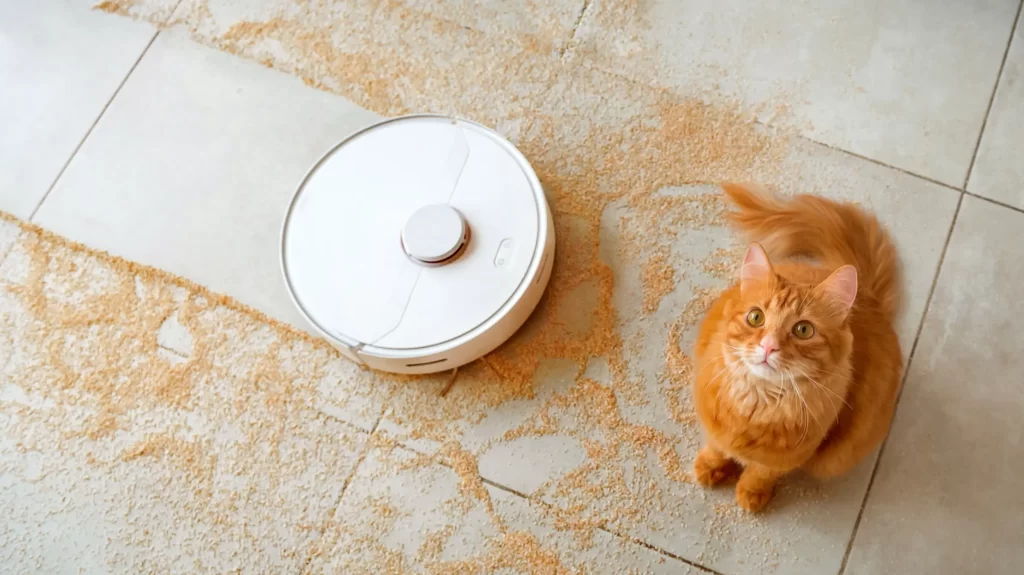
The next iRobot Roomba tip doesn’t involve the functioning of the vacuum. Instead, we want to focus on the furry friends in the home.
The volume of a Roomba is approximately 70 decibels, which is less than a lot of upright vacuums but still likely to not be very enjoyable for your dog or cat’s sensitive hearing.
If you can, consider letting your pets outside while the Roomba does its job or, at the very least, move them to a room with a closed door to ensure they don’t become agitated.
7.Move Obstructions to the Center of the Room
One of the easier but most effective Roomba mapping tips is to collect any obstructions, such as toys or light furniture, to the center of your room.
Because robotic vacuums like the Roomba naturally seek out edges and open spaces, keeping clutter collected in a central area allows the vacuum to clean quicker.
It also conserves battery power as your Roomba won’t have to spend as much time navigating between obstructions as it cleans.
8.Turn On Your Lights
Much like some of the earliest robots programmed with goal-seeking behaviors, many Roomba models use photoelectric sensors to find their way through the house.
If the natural light in your house is limited when your Roomba vacuum is cleaning, consider turning some lights on. Your vacuum will clean better in a well-lit room.
9.Save Battery Power by Closing Your Doors
Another of our helpful Roomba setup tips to consider before your vacuum starts cleaning is to close some of the doors in your house to block off rooms.
Because many Roombas use mapping software, limiting open spaces can help the robotic vacuum keep track of where it is cleaning.
Mapping software is a fantastic feature for the Roomba, but it also means the vacuum will spend time locating all the walls or boundaries of each room. It can be time-consuming and use up a lot of battery power.
Alternatively, consider setting the Roomba in a single room and closing the door. The Roomba will spend less time mapping its surroundings, and the room will get cleaned faster. You can then move the vacuum to a new space to continue the process if you want to.
10.Lean Back Your Chairs
One of the Roomba vacuum tips that many of us have learned through trial and error is to tip your dining chairs and similar furniture back on two legs before running your vacuum.
We’re not entirely sure why but a Roomba vacuum can sometimes have trouble navigating under chairs and around legs. A simple fix is to tilt the chairs in your house against a wall, so only half the legs are touching the ground.
If you feel like your Roomba is still struggling, consider picking up your chairs and laying the seating portion upside down on your table to get them entirely out of the vacuum’s way.
11.Consider the Spaces Around Furniture
A Roomba’s IR sensor will detect the furniture in your house and assess whether it is possible to clean under and around it. If it can, then it will. Otherwise, the vacuum is programmed to avoid the obstacles and continue its cleaning operations.
However, sometimes the sensor will detect sufficient space beneath or behind furniture when there isn’t quite enough.
Your Roomba can get trapped under or behind furniture, so you may want to watch it the first few times it is cleaning. You can also move furniture, so it is flat against the wall to avoid the vacuum getting lost behind it.
12.Organize Wires
Like with an upright vacuum, loose wires will not play nice with your Roomba vacuum.
At best, the wires will impede the Roomba from traveling along the path it wants to follow. At worst, the robotic vacuum will try to suck up the wires and be unable to finish cleaning your home.
To avoid these issues, ensure no loose wires are within the Roomba’s reach by pulling the wires off the floor and placing them on top of whatever appliance or furniture they are attached to.
Otherwise, you can buy a wire box that will protect the wires or even bundle them up and secure them with a zip tie to make sure the Roomba doesn’t accidentally suck them up.
13.Cover Your Cords
Like loose wires, cords for TVs, lamps, or other appliances can stop your Roomba from doing its job.
It seems like one of the first things every new Roomba owner experiences is the confusion of having “lost” their Roomba only to find it trapped amongst cords in the corner of a room.
Save yourself the trouble of needing to track down your vacuum by simply covering any cords with a rug. Creating a small bump shouldn’t pose too much of an obstacle for the vacuum as it moves around the house.
You can also try this with thin wires if our previous tip did not seem like an optimal solution for your home setup.
14.Install iRobot’s Virtual Walls
If you have the extra cash to spare and your Roomba is compatible, consider buying iRobot’s Virtual Wall Barriers.
These navigation aides work to block off sections of your home or keep your vacuum in rooms you want the Roomba to stay in.
Or, if you just have specific spaces in a particular room, such as near a dog’s food bowl, you want the Roomba to avoid, all you need to do is use the Virtual Wall Halo, and the vacuum will clean around the invisible barrier.
15. Make the Charging Station Easy To Get To
The Roomba’s charging station needs to be easy to reach. It is best to keep it on a flat hard surface such as hardwood or tile. It is also good to keep the charging station against a flat wall and in an open space where the vacuum can easily access it.
The Roomba may fail to reach its charging station on rare occasions before running out of battery. If it runs out of power, this isn’t necessarily a sign of a problem. Just return the vacuum to its station and let it charge as usual.
16. Ensure a Strong WiFi Signal
All Roomba models will function without WiFi, but if you want to use the iRobot Home app to interact with your vacuum from a remote location, it is good to ensure the Roomba will have a strong signal no matter where it goes in your house.
Consider using a high-quality router or a WiFi mesh network with a central router and several satellite nodes to ensure you have a strong signal in your entire home.
17. Create a Cleaning Schedule
Since we just mentioned the iRobot Home app, did you know it is possible to create a cleaning schedule for your Roomba?
A great Roomba setup tip is to design a cleaning schedule that works best for your home routine. Choose specific times or days and let the Roomba go to work.
You can also use the app to initiate a cleaning while away from your home. Simply open your app and select the job you want the robotic vacuum to complete.
18. Fully Charge Your Roomba Before the First Use
Speaking of useful Roomba setup tips, you need to make sure you charge it fully before using it when you first get the Roomba.
It might seem inconsequential, but allowing your Roomba to charge its battery before its first operation fully actually extends the battery’s lifespan and ensures your new vacuum will maximally perform for longer.
19. Observe the First Cleaning
No matter how much you try to prepare your home for your new Roomba, there will inevitably be some sticking points or issues to address.
Keeping an eye on the vacuum while it cleans your house the first couple of times will help you quickly recognize and address any problems that arise.
20. Buy Replacement Parts
Our last tip is one that won’t immediately pay off, but you will be glad you followed it when your Roomba needs one or more parts replaced.
The more you use your Roomba, the faster its parts will wear out. Buy some extra parts before you need them to limit the downtime for your vacuum so you can keep it performing at its best.
Here are a few recommendations for what parts to buy and when to replace them:
- Filters: Every 2 months
- Brushes and Extractors: Every 6-12 months
- Front Caster Wheel: Every 12 months
What Do You Think About These Roomba Tips?
Now you should have a grasp on some of the best practices when it comes to caring for and using your Roomba vacuum. Follow these tips to get the most out of your Roomba for years and years!
How to get irobot roomba to map a room?
There are a few things you need to do in order to get Roomba to map a room:
1) Place Roomba in the middle of the room that you want it to clean. Make sure that there are no obstacles in the way and that Roomba has a clear path.
2) Press the “Clean” button on Roomba’s control panel.
3) Once Roomba begins cleaning, it will start creating a map of the room. It will continue cleaning until the entire room has been mapped out.
4) Once Roomba is finished cleaning, you can view the map it created by pressing the “Map” button on the control panel.


